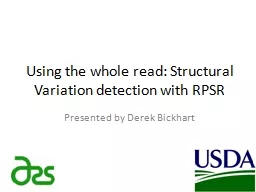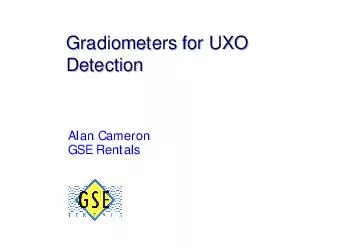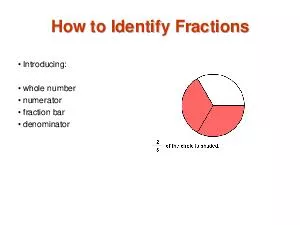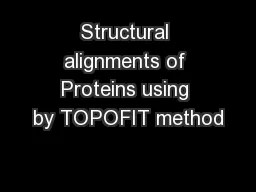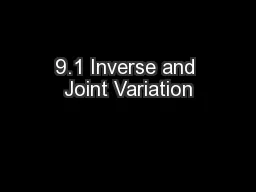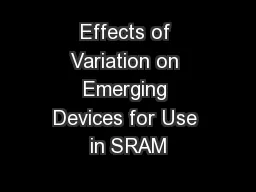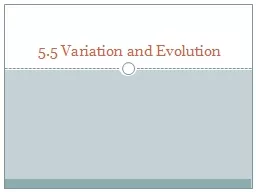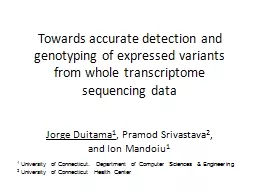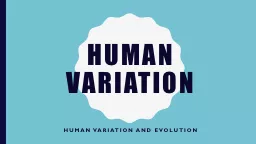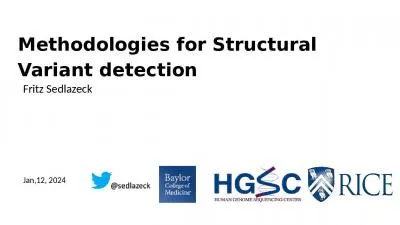PPT-Using the whole read: Structural Variation detection with R
Author : trish-goza | Published Date : 2016-03-17
Presented by Derek Bickhart Presentation Outline Variant classification and detection Theory on read structure and bias Simulations and real data Genetic Variation
Presentation Embed Code
Download Presentation
Download Presentation The PPT/PDF document "Using the whole read: Structural Variati..." is the property of its rightful owner. Permission is granted to download and print the materials on this website for personal, non-commercial use only, and to display it on your personal computer provided you do not modify the materials and that you retain all copyright notices contained in the materials. By downloading content from our website, you accept the terms of this agreement.
Using the whole read: Structural Variation detection with R: Transcript
Download Rules Of Document
"Using the whole read: Structural Variation detection with R"The content belongs to its owner. You may download and print it for personal use, without modification, and keep all copyright notices. By downloading, you agree to these terms.
Related Documents

